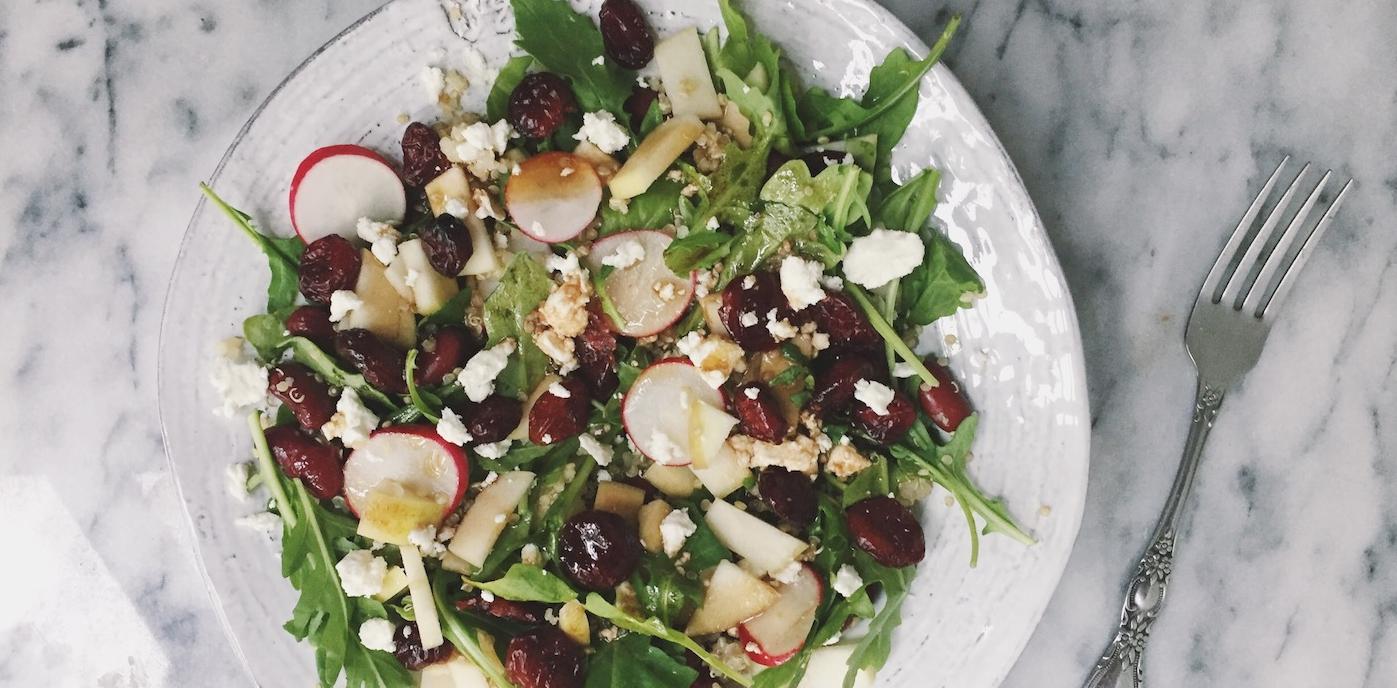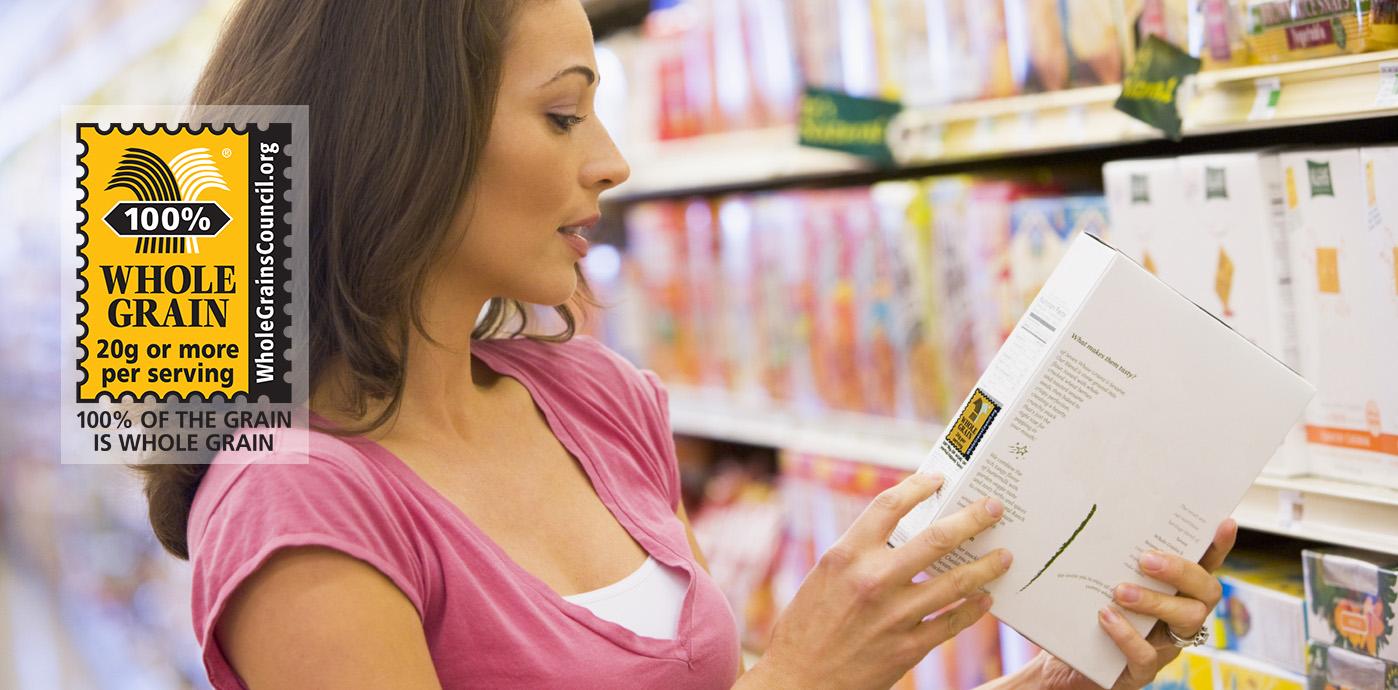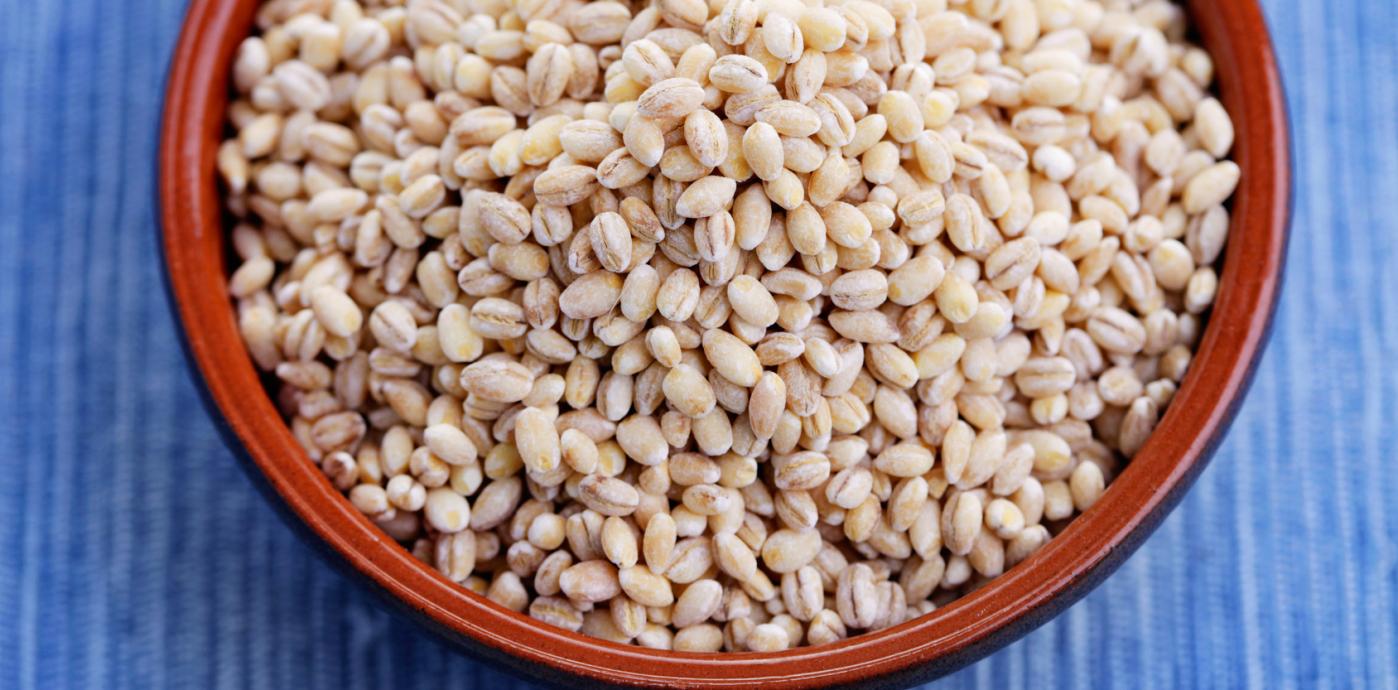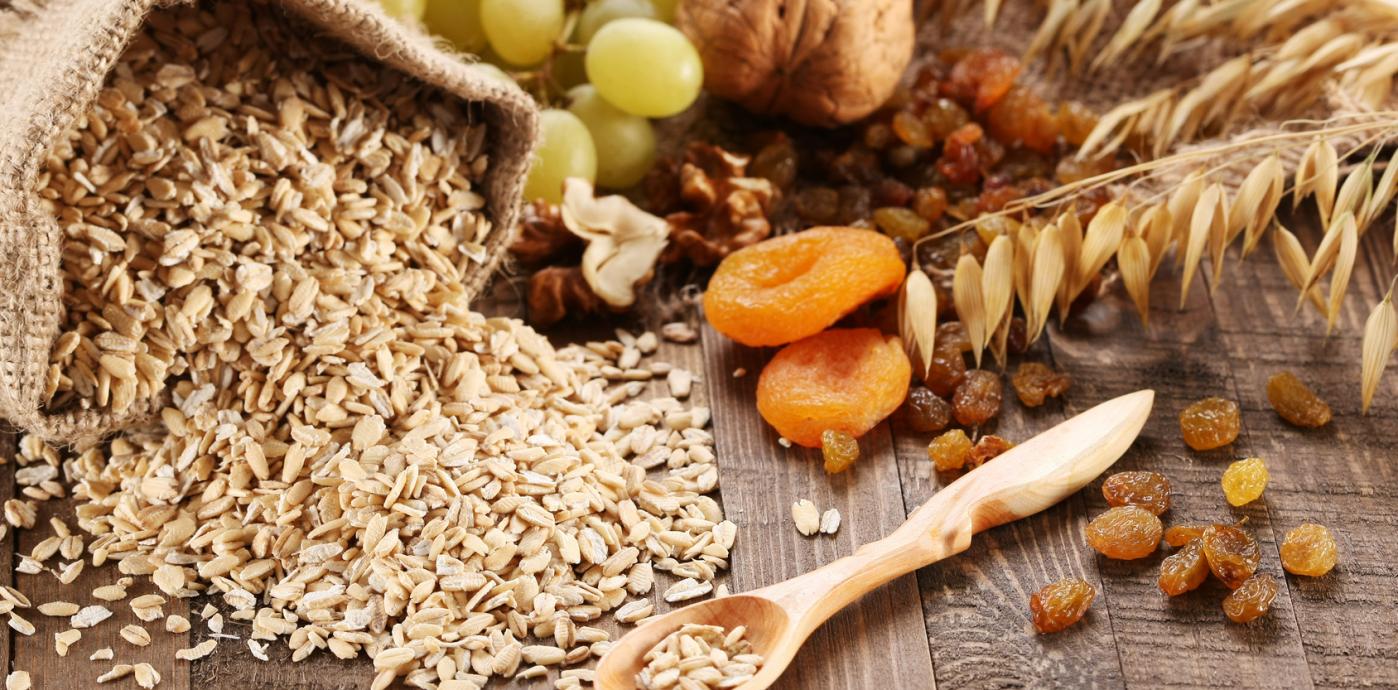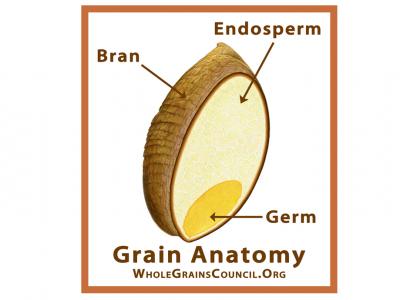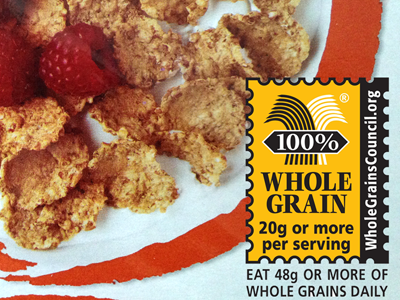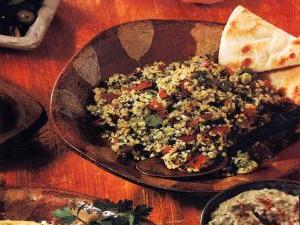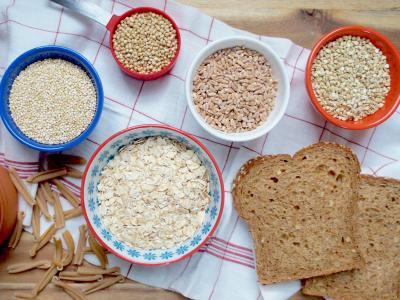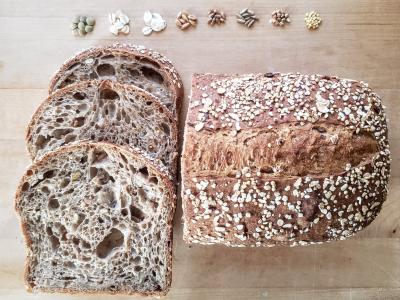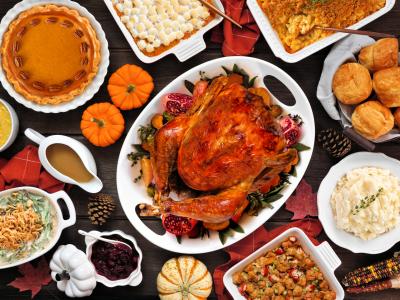Learn to cook with whole grains you’ve never tried before, from our collection of hundreds of recipes. Browse recipes
Learn about whole grains
Our mission
The Whole Grains Council helps consumers find whole grain foods and understand their health benefits; helps manufacturers and restaurants create delicious whole grain foods; and helps the media write accurate, compelling stories about whole grains.
Did you know?
Corn has almost twice the antioxidant activity of apples, while wheat and oats almost equal broccoli and spinach in health-protective antioxidant activity.

